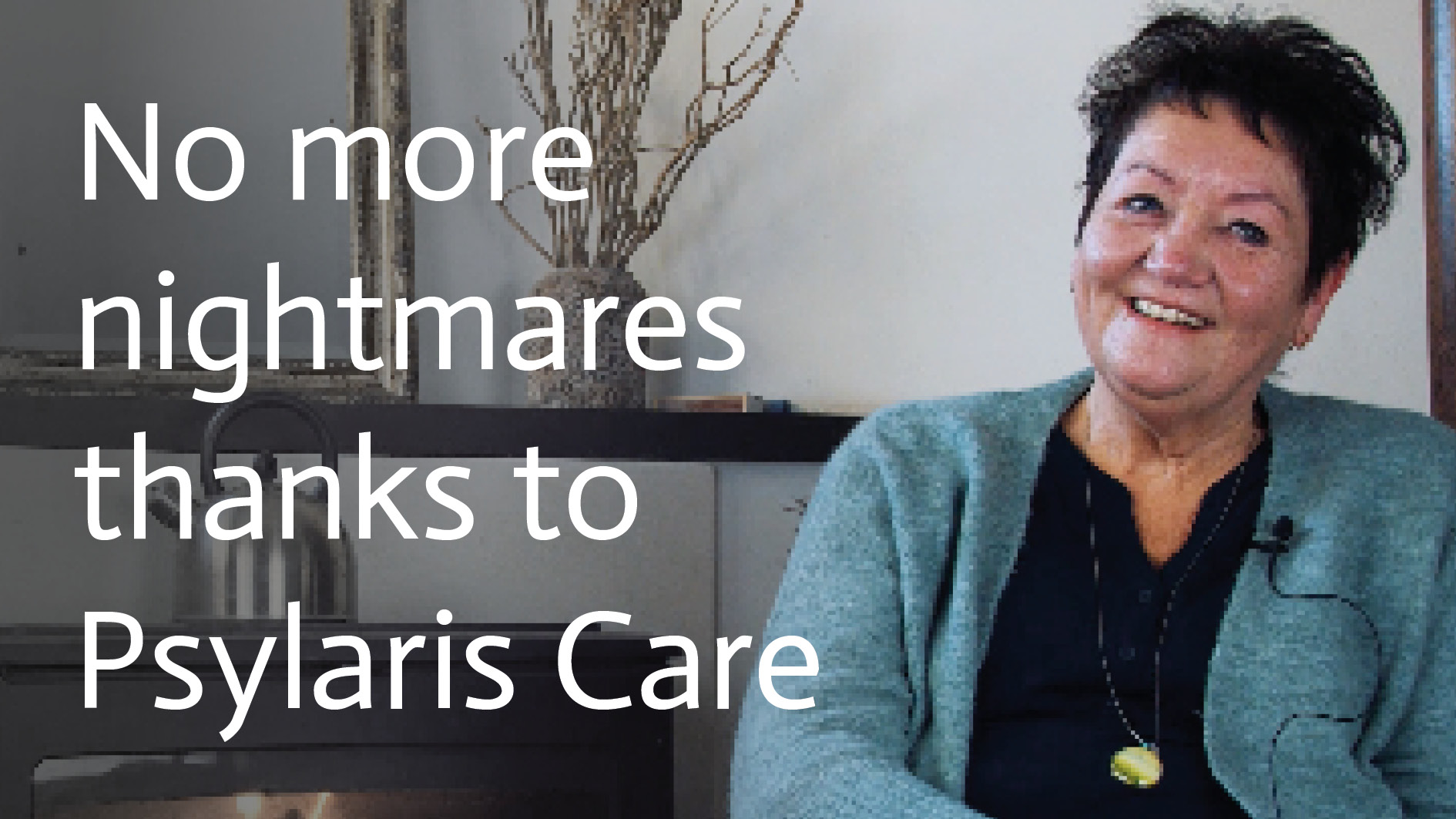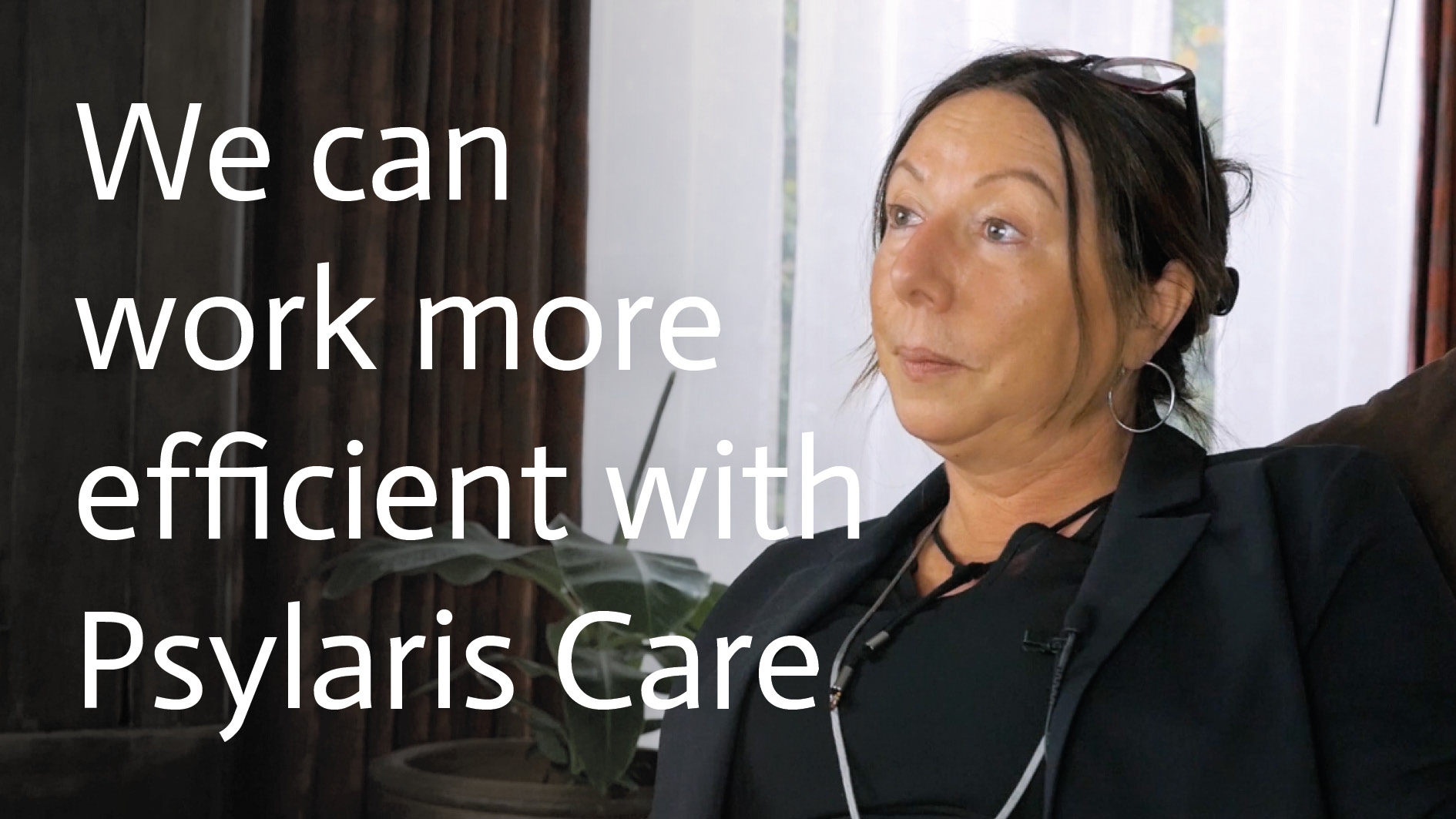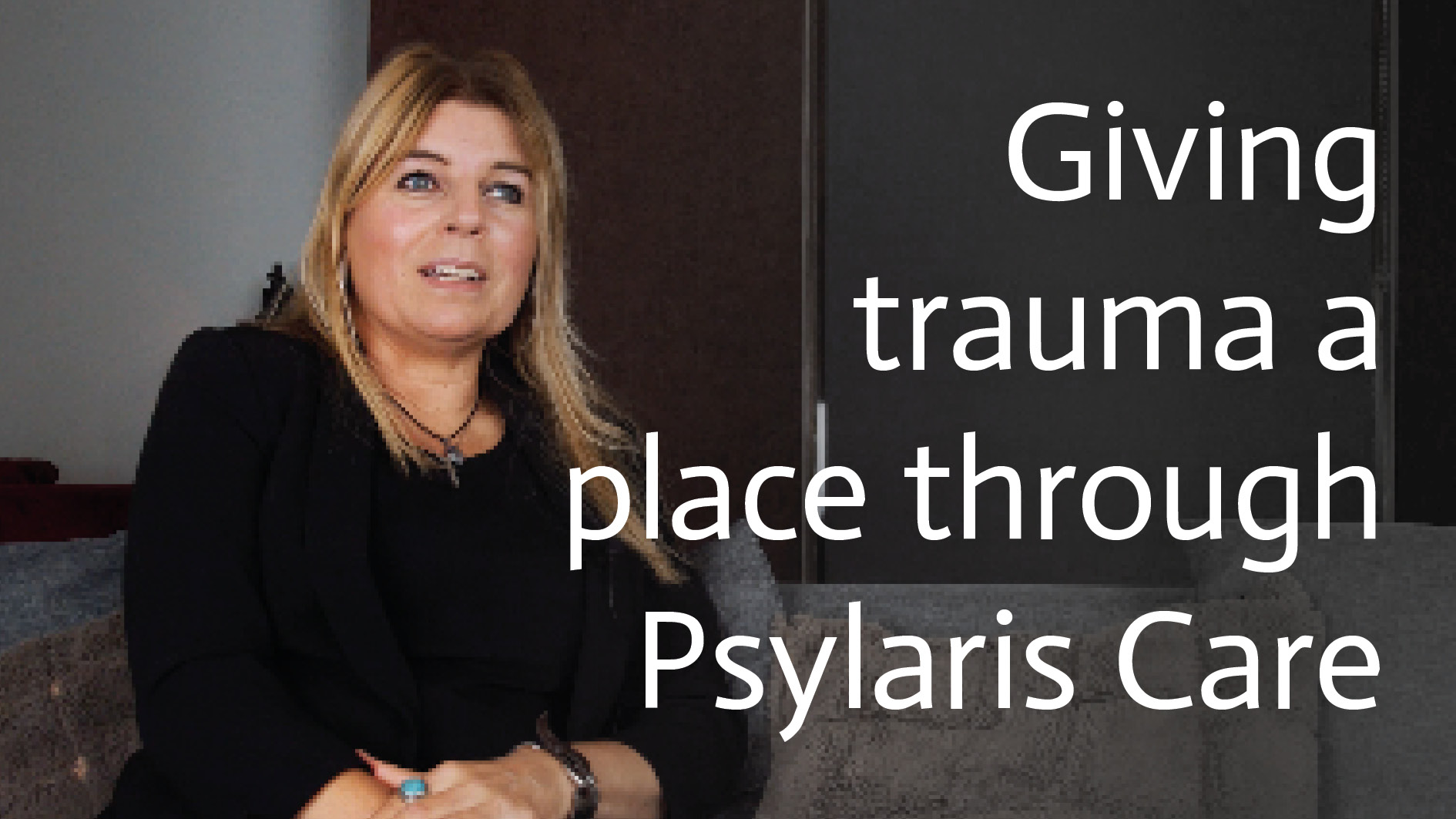E-health is digital healthcare technology and is taking an increasingly prominent place in the healthcare landscape. The supply is growing and the solutions are improving. Success stories are quickly found. For example, robots are already being used successfully in care for the elderly and heart patients can be monitored at home via an app. These are great examples, and yet they are still the exception rather than the rule. We still know too few examples of truly sustainable implementation.
How is that possible? How can organisations put time, money and energy into technology and innovation projects and then let it end up on the shelf or in the bin? But more importantly: how do you ensure that this does not happen?
In this article, we share five valuable tips with you.
- Allow sufficient time.
This one is number one. Innovation does not happen overnight and requires commitment. First of all, you need time to take a step back. Just mapping out your exact innovation question takes time. Moreover, innovation means above all change. And change never meets with immediate support. So you will need time to inform and reassure your people and clients. At a subsequent stage, you will need time to run pilots, to make adjustments, to test again and so on. This can be repeated a number of times until the solution has actually been shaped to the wishes of staff and clients. - Make sure there is a sufficient budget.
It seems obvious now that we have talked about time, but it turns out that it is not always so. Budget is of course necessary for the purchase of new technology; often both soft- and hardware. Make sure you know where you stand, now and in the future. Once you've made your mind up, it can be hard to swallow the amount you end up with. But if there's one thing we can say to you: don't let this hold you back. You are making a valuable investment in the future of your practice or organisation. And in the (medium) long term, these investments always pay off handsomely. Moreover, on the basis of your budget, you can look for financing opportunities through subsidies, for example. Certainly when it comes to e-health, more is possible than you think. - Work together with the 3 Cs.
Under point 1, we already mentioned the importance of good communication with the various stakeholders. We mentioned colleagues and clients in particular. It is very important that they understand and ultimately embrace the innovation. Internally, for example, you can organise knowledge sessions to keep your colleagues informed and offer them the opportunity to share concerns and questions. You could draw up a similar plan for clients. And before you start rolling out the new technology, it is important to think carefully about how to make its use attractive. What advantages does the new solution offer? Will clients get in touch with a practitioner faster, for example?
To colleagues and clients, we also want to add a third, perhaps unexpected, 'c': competition. After all, we all have the same interest and the client is central. You might be facing the same challenges. Or someone else has already successfully gone through the process and can share tips. The more you can learn from each other, and prevent each other from making similar mistakes, the smoother the process will run and the more profitable it will be for you. - Make it part of the existing organisation and processes.
Ultimately, your e-health solution will supplement or even replace existing processes or protocols. Think about this carefully in advance and consider the effect it will have on the colleagues involved. Does it change their work? Or will it give them new responsibilities? Communicate clearly and honestly about this from the outset. Prepare the relevant colleagues thoroughly and train them where necessary. And are there things that are new for the client? How will you inform and guide them? The following applies both internally and to communication with clients: clearly appoint people responsible for this and give them a clear job description. Change in itself causes enough unrest; clear information and communication offer relief. - Always put your vision first.
And finally, it is important to keep one thing clear in mind from start to finish: innovation is not a goal in itself. You innovate because you can do things better. That may be a current demand for care from the client, but it may also have to do with the future of your discipline or organisation. How do you see that future? What vision have you formulated as an organisation? Your vision includes why you do what you do; what you think is important. If you stay close to this, it is easier to make choices, even if they are sometimes (financially) radical. In addition, your vision contains your enthusiasm and your credibility, which enables you to communicate easily both internally and externally.
So what do you think? Will 2019 be the year of innovation? Did this article make you enthusiastic and are you, for example, curious about what our our EMDR in VR can mean for your practice or organisation? Then email us at mike@psylaris.com.








